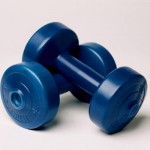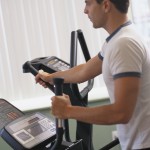Your mother was right with her constant nagging, “sit up straight!”
Functioning in proper posture during your day means all systems of your body are able to work properly. Neutral posture means your ears should be lined up over your shoulders, and your shoulders lined up over your hips. Your chin should be parallel to the floor and your shoulder blades should be pulled down and back.
Sit up straight for increased energy and decreased muscle tension and soreness!
Check back often for our Get Fit Quick Tip. A fitness and healthy lifestyle tip that you’ll easily remember and be able to implement the very same day.
 Subscribe
Subscribe








